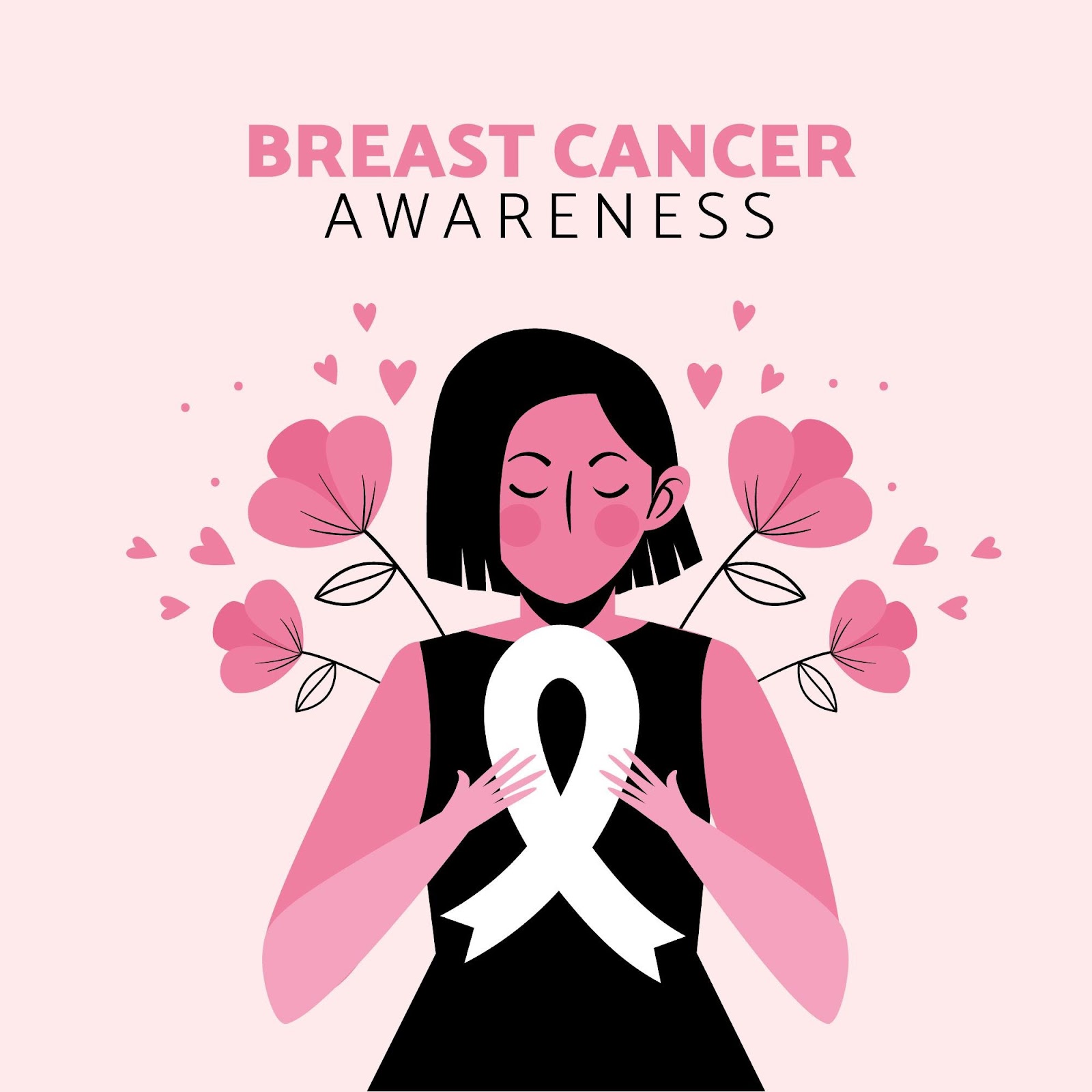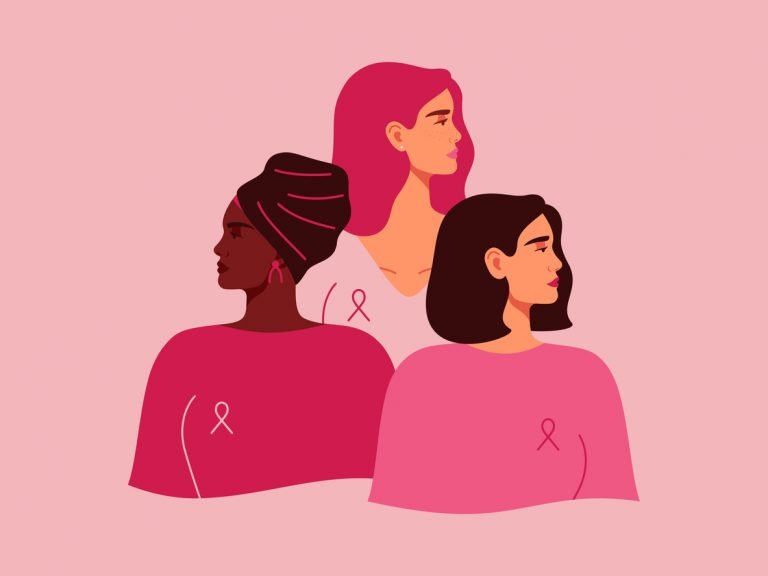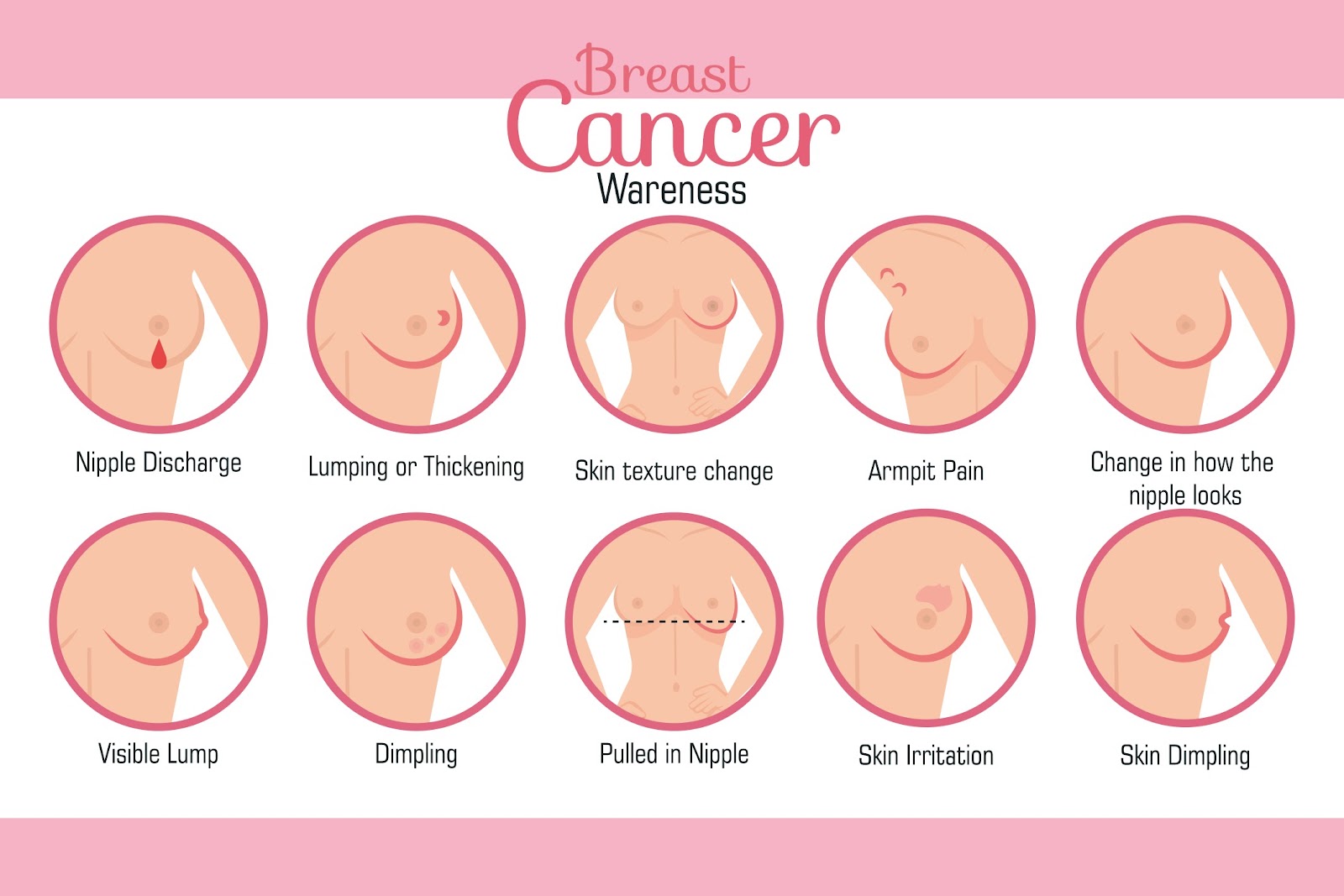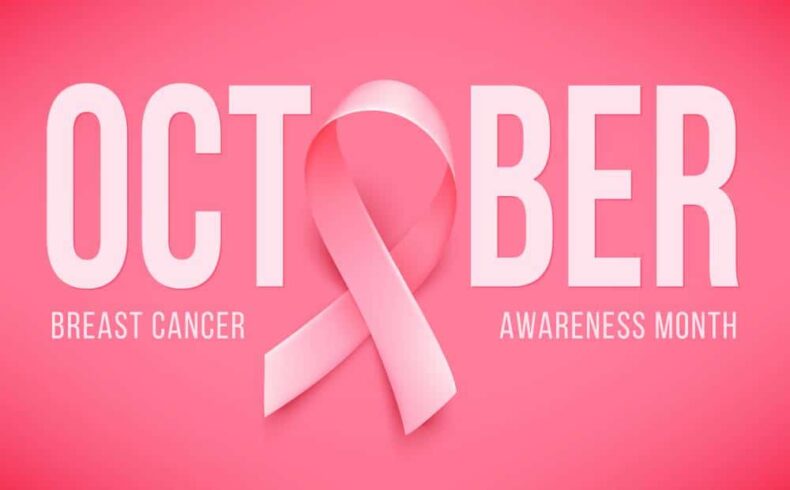The goal of Breast Cancer Awareness Month, which is commemorated in October, is to raise public awareness about the illness and ways to prevent it.

‘Awareness Is Power’
Breast Cancer Awareness Month: Why is it important?
In India as well as other countries, breast cancer is a very prevalent type of cancer that affects women.
The world health organisation (WHO) estimated that 7.8 million women had been detected with breast cancer within the previous five years by the end of 2020, making it the most common cancer worldwide.

Breast Cancer Awareness Month is observed in October. It is an annual campaign to increase public understanding of the effects and grounds for treating breast cancer. Efforts under the awareness program include campaigns to raise awareness of and advocate for breast cancer. Advocates for breast cancer collect money and campaign for better treatment, more information, and greater patient empowerment. Known as the ‘Breast Cancer Culture’ or ‘Pink Ribbon Culture’, these are efforts to advocate for women’s health on a larger scale.
The form of cancer that emerges in the breast is breast cancer. It may initiate in either the left or right breast. When cells start to multiply uncontrollably, cancer develops. Although men can also develop breast cancer, breast cancer affects women predominantly.
Breast cancer occurs in a variety of types. The type of cells in the breast which are impacted determines the type. The majority of breast cancers are however carcinomas. Since the cancers begin in the gland cells within milk ducts or the lobules, adenocarcinomas are the most prevalent types of breast cancer, including ductal carcinoma in situ (DCIS) as well as invasive carcinoma (milk-producing glands).
Additionally, distinct types of protein or genes that each cancer may produce are used to classify breast cancers.
Awareness about breast cancer can help in the early detection and prevention of the disease. With an emphasis on scanning, knowing and educating the public about issues, it helps reach out to thousands of people who are at risk of developing breast cancer and at the same time provides support to those battling it.
Breast Cancer Awareness Month: A guide to understanding breast cancer
Types of Breast Cancer
There are several types of breast cancer and it depends on where in the breast it started and other factors.
- Ductal Carcinoma in Situ (DCIS)
- Triple-negative Breast Cancer
- Phyllodes Tumors
- Invasive Breast Cancer (IDC/ILC)
- Inflammatory Breast Cancer
- Paget Disease of the Breast
- Angiosarcoma of the Breast
Symptoms:

There are several breast cancer symptoms, and some patients experience none at all. Some signs include—
- any modification to the breast’s size or form.
- dimpling or irritation of the breast skin
- pain in any breast region
- redness or dry skin around the breast or nipple
- nipple discharge not related to breastfeeding (including several fresh breast or underarm lumps.
Other common symptoms include rapid weight loss, loss of food intake, hair loss, aches and pains in the bones, and respiratory problems.
Risk Factors:
Developing breast cancer is affected by several major factors, such as—
- If you are a woman.
- Older in age. Women 50 years of age or older are the ones most likely to develop breast cancer.
- Encountering alterations in your BRCA2 or BRCA1 genes.

Detection:
Timely detection is the easiest way to reduce the risk of breast cancer. Several methods help with detecting cancers.
Mammogram:
The easiest way to detect breast cancer early—before it becomes significant quite to sense or cause symptoms—and when it is simpler to treat—is with a mammogram.
X-ray images of the breast are used in mammograms. Mammograms are used by doctors to look for breast cancer early symptoms. The simplest testing available to doctors to detect breast cancer early, often up to three years until it can be noticed, is routine mammography.
Breast Ultrasound:
Breast ultrasound creates digital images of the breast’s interior using sound waves and subsequent echoes. It can reveal some breast alterations that may be more difficult to notice on mammograms, such as fluid-filled cysts.
Breast MRIs:
Breast MRI (magnetic resonance imaging creates precise images of the breast’s inside using radio waves and powerful magnets.
It may occasionally be necessary to perform further tests to determine whether breast cancer has spread, such as CT scanning, bone scans, and PET scans.
Treatment:
Typically, the kind of cancer and its phase determine the course of treatment. Below are some common approaches to treating breast cancer.
Local treatments:
Some medical procedures, such as surgeries and radiotherapy, are local, which means they just target the tumour and have no impact on the remainder of the body.
Systematic Treatments:
As these can approach cancer cells practically anywhere in the body, drugs utilised to treat breast cancer are referred to be systemic therapy. Some can be administered orally, intramuscularly, or straight into the bloodstream. Various pharmacological therapies may be employed depending on the kind of breast cancer, including Chemotherapy, Hormone Therapy,Targeted Drug Therapy and Immunotherapy.

https://www.who.int/news-room/fact-sheets/detail/breast-cancer
Precautions:
You can take steps to lessen your risk of eloping breast cancer.
Observe a moderate weight and engage in frequent exercise.
Prefer to drink alcohol or to consume it occasionally.
Ask your doctor about the dangers if you take birth control tablets or hormone replacement therapy.
If at all viable, breastfeed your children.
Fighting breast cancer is at times a challenging and stressful journey that people undergo. A little bit of support and hope can empower these fighters. So this October, bring out your pink ribbons to increase awareness and together fight against breast cancer.













